This solution seems pretty genius to me. As far as compromises go, it’s a pretty genius one and I was recently able to try the technique out on a Kala.
I am a huge fan of Kala ukuleles. I own a Kala KA-ASOV-T and it is an amazing ukulele, with its beauty, resonance, and tone. But I also own a Kala KA-CG – an affordable concert model and my son has a Kala KA-S – the cheapest Kala you can get and they’re all great. Kala’s import line is just top-notch and I couldn’t recommend it enough for buyers who are looking for the most bang they can get for their bucks.
The Kala I was sent home with, the KA-SRT-SC, is a bit more upscale than my ASOV. Not only does it have the cool cutaway, but it also has a bear claw spruce top which is pretty slick.
For those that don’t know, there are quite a few wood imperfections that have names and are desirable in the instrument market. The wood that looks like it has freckles? Birdseye. The wood with stripes? Flame. The wood that looks like waves? Quilt. And then there’s bear claw, which not only has the honor of having the name that makes the most sense (it has long, squiggly lines that look as if they were clawed into it), but it’s also my favorite wood imperfection.
This is purely a personal thing, but I don’t like any of my instruments to look too perfect. Perfection seems forced and a bit fake-looking to me, so I favor the weird bumps and squiggles that showcase the natural wood. Something that looks like it used to be a tree in nature and not something that was manufactured in a vacuum. But I’ll be the first to admit that there are probably a lot of people that prefer super tight flames or quilts and I’m in the minority.
But bear claw is a really cool feature. It looks classy, but raw and at a same time subtle, but prominent depending entirely on the angle of viewing. And it’s not the traditional flame or quilt, making it stand out amongst its peers. It’s also very shallow, which means it’s difficult to book match, which makes it look less symmetrical.
And it’s spruce! Spruce is just the best when it comes to top woods. I know a lot of tradition calls for all koa or mahogany, but I think spruce tops really add a bit of pop and another layer of dimension to the tone. It isn’t a night-and-day difference, but more like a bonus. Imagine whipped cream on a coffee: When you drink it, the cream isn’t very prominent but when you make the same coffee without the whipped cream, you can definitely taste the difference.
That’s spruce tops for you.
And, aesthetically, it really fits in with this ukulele. When I opened the case to see this ukulele for the first time, it was in a shady part of the shop and with the dark interior of the case blocking even more light, it looked like the ukulele had a florentine cutaway (that’s a sharp cutaway for those who don’t know. The more rounded cutaway is called a venetian cutaway) which looks really sharp and the effect is caused by the lightness of the spruce, the drastic angles on the top for the cutaway dip and the darkness of the Indian rosewood back and sides. It’s a look that will definitely stand out on stage or in front of an audience.
And as far as usefulness goes, that all depends on the player. I’ve seen a bunch of players use the entire fretboard and they would really appreciate the cutaway. Players that stick to open chords and the first five frets might not care for the cutaway. My own take on it is that you’re not sacrificing tone with the cutaway so if you can afford it and think that it looks cool, you might as well get it. You never know – you might be one of those folks tearing the neck up in a while.
But as far as a necessity? Probably not. Still, it’s cool.
The rest of the Kala is as great as you would expect from the brand: the neck is thin and easy to play on, the tuners work very well, it has a graphtech nu-bone XB nut and the cool headstock artichoke inlay is still there and even more gorgeous than it used to be. With my ASOV-T, the artichoke looks pretty, but indiscernible. It’s tough to tell what you’re looking at beyond a pop of color in the middle of a beautiful script, but using wood instead makes the image much easier to read and, while it does lack the POP that comes from the mother of pearl on the ASOV-T, it’s still beautiful and incredibly classy.
The price isn’t bad, either, coming in at $379.99! We live in a pretty remarkable age of ukulele manufacturing so there are surprisingly few junk ukuleles, but the quality that comes from Kala’s import line is among the best and I have zero reservations recommending them to potential buyers who, for some reason, can’t try before they buy. Add to that The Ukulele Site’s fantastic set-up process and you’re sure to have a winner.
You can find this instrument at our website HERE.


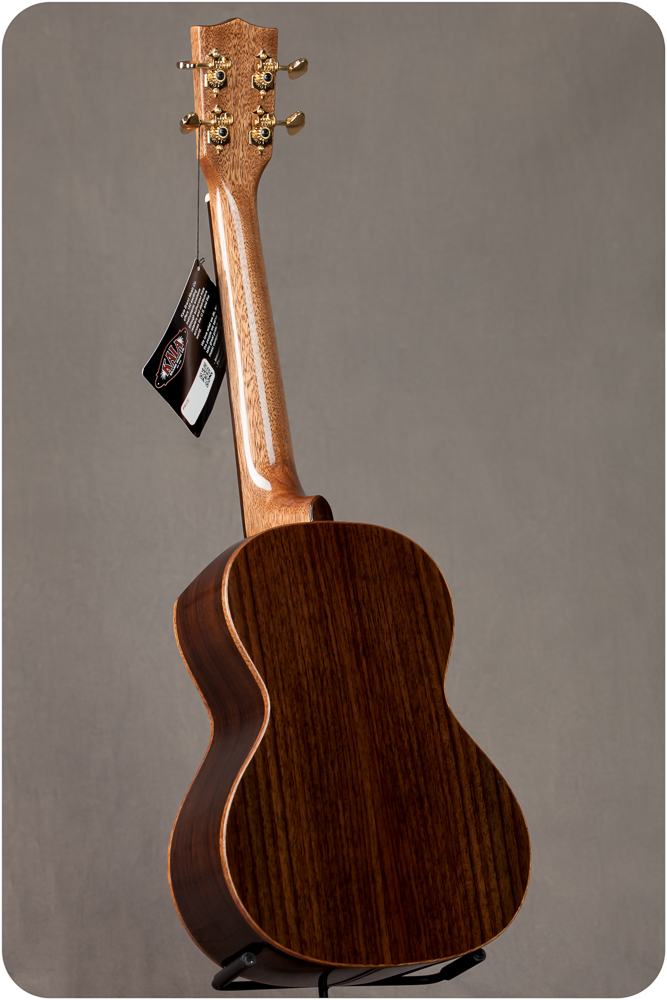

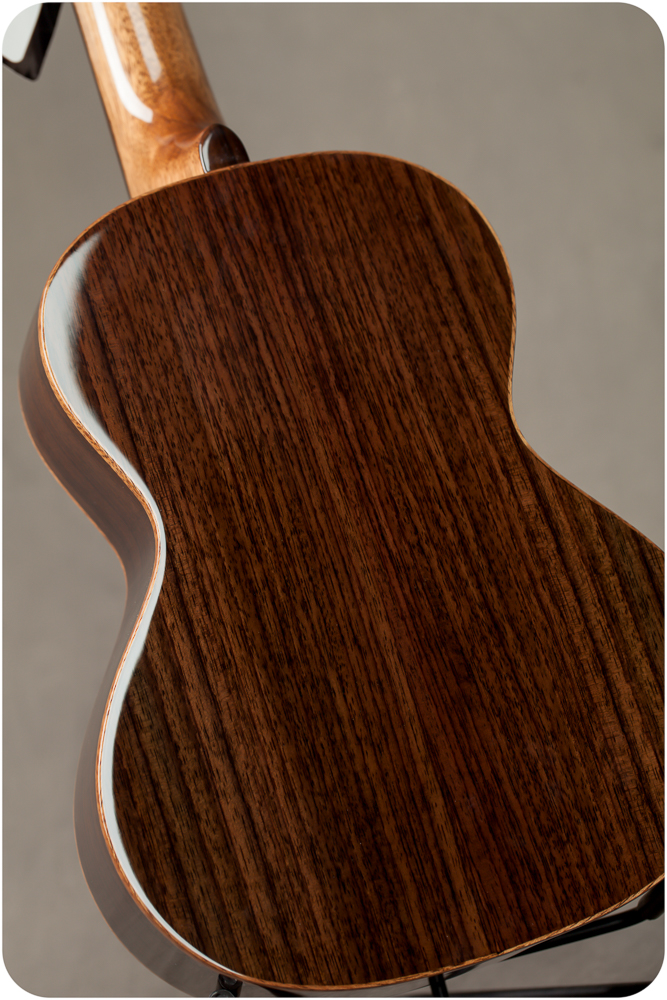

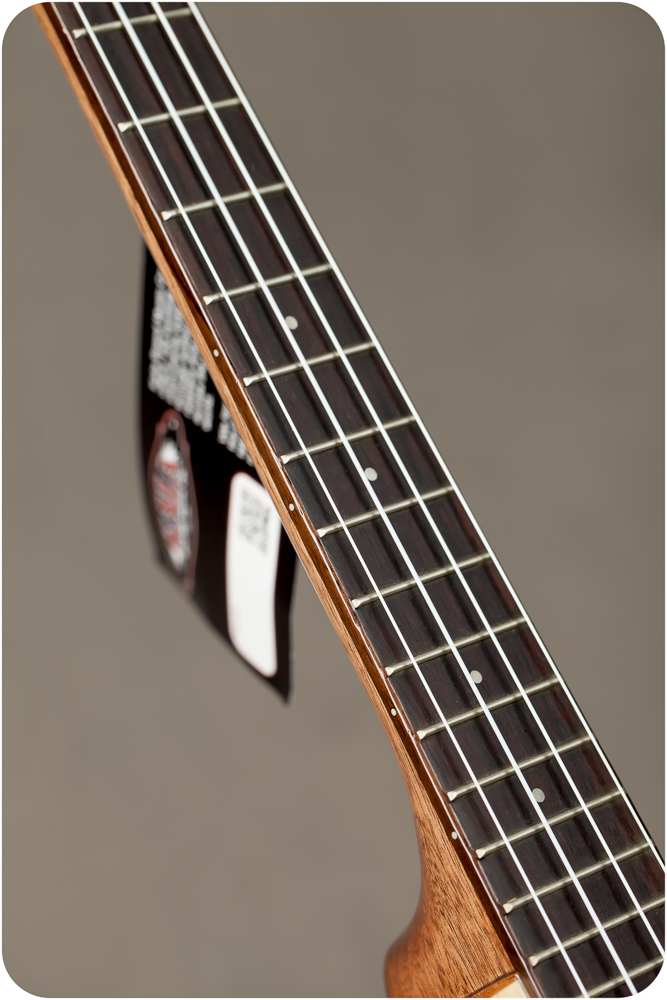
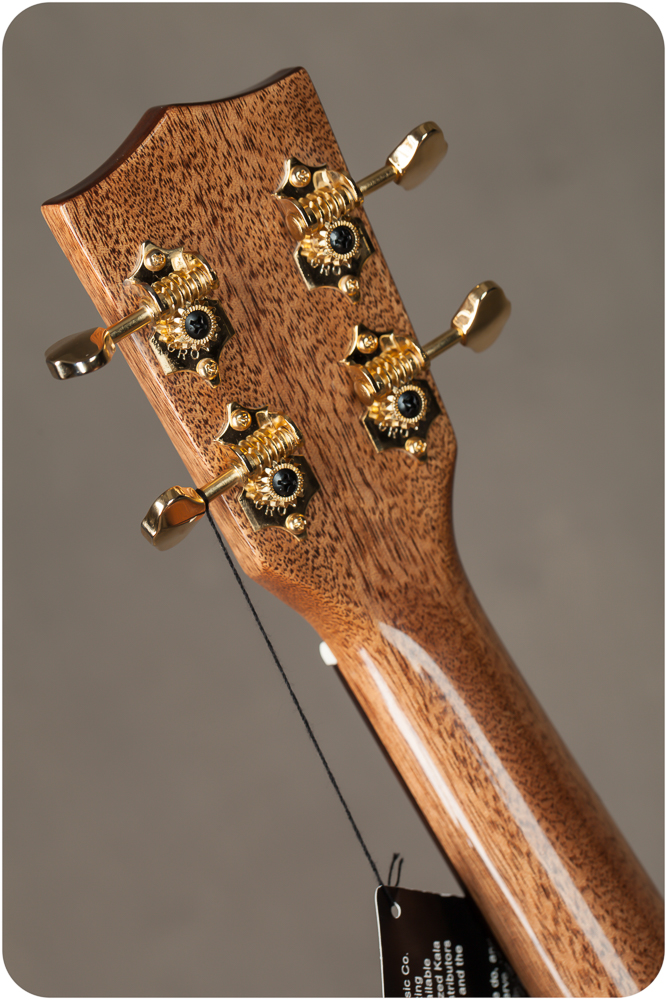
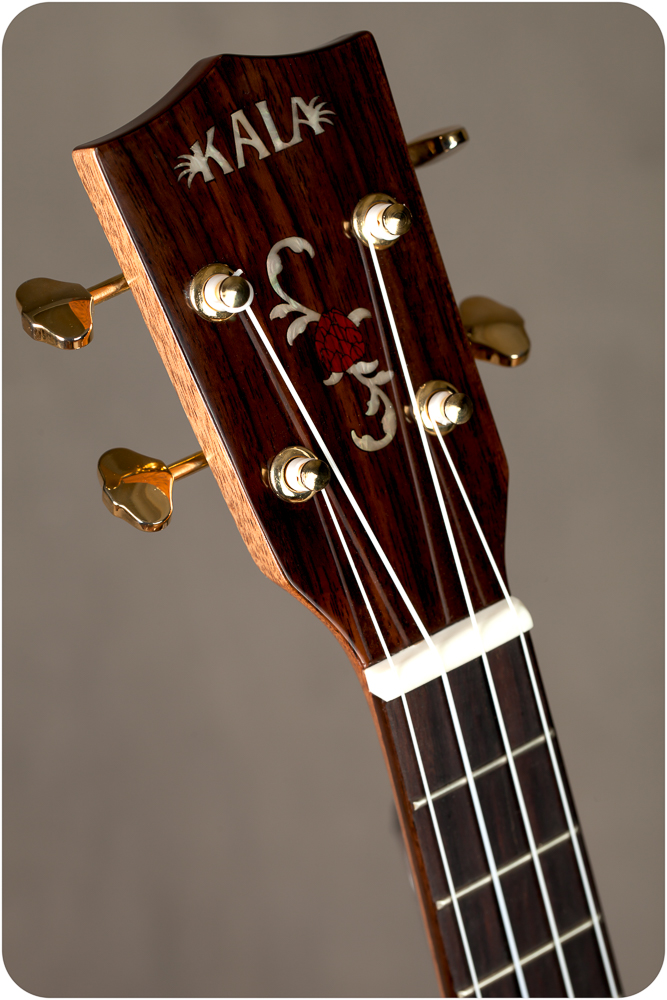
Comments 3
I began playing the ukulele earlier this year, at the age of 70. I’d played mountain dulcimer for many years but picked it up and put it down when it’s chromatic limitations (challenges?) frustrated me. I bought a concert sized Flea from the folks at Magic Fluke. Soon, I was hooked on the ukulele. It’s chordal possibilities allowed me to begin writing songs and playing covers to suit my eclectic tastes.
I love the Flea. However, I soon longed for a tenor sized instrument with solid wood construction. Voila! The discovery of The Ukulele Site has provided me hours of entertainment in a search for what I like and what I can afford. The depth of info and video demonstrations to be found here have helped this novice immensely. Now, the updated Resource Center feeds my hunger. I really enjoy Russ’s reviews. Ironically, he has touched on models that I had added to my quiver of possibles.
Thanks again. These reviews are a big plus!
This was a great review. Spruce tops and rosewood back sides are wonderful tone woods and they are beautiful. Like Hawaiian Koa and Indian Rosewood, both tone woods are harder to find. Spending $400 on a well made and sounding ukulele with this material will only get better with time.
What are your thoughts about all koa, mahogany, and spruce/rosewood ukulele sounds? I’m wondering if it is like acoustic guitars? Guitar builders like Martin and Taylor creating standard models with these tone woods…..warm, punchy, lows and etc. Just some thoughts……
I bought the Kala Ka-Srt-Sc only 3 days ago.
The sound it pushes out is amazing yet velvety.
The look is dark chockate mousse with a dollop of double cream on top
It plays well straight out of the box, but a slight action lowering may be required by some.
I am not going to adjust it straight away and I may find once I change from the rather bulky Aquila Nylguts to my Worths or AGxAQ that the playability changes.
Very happy with purchase. Would like to know the best way to care for the Walnut fretboard.
I have Rosewood on my other uke and all my guitars, so wondering if I should treat it the same.